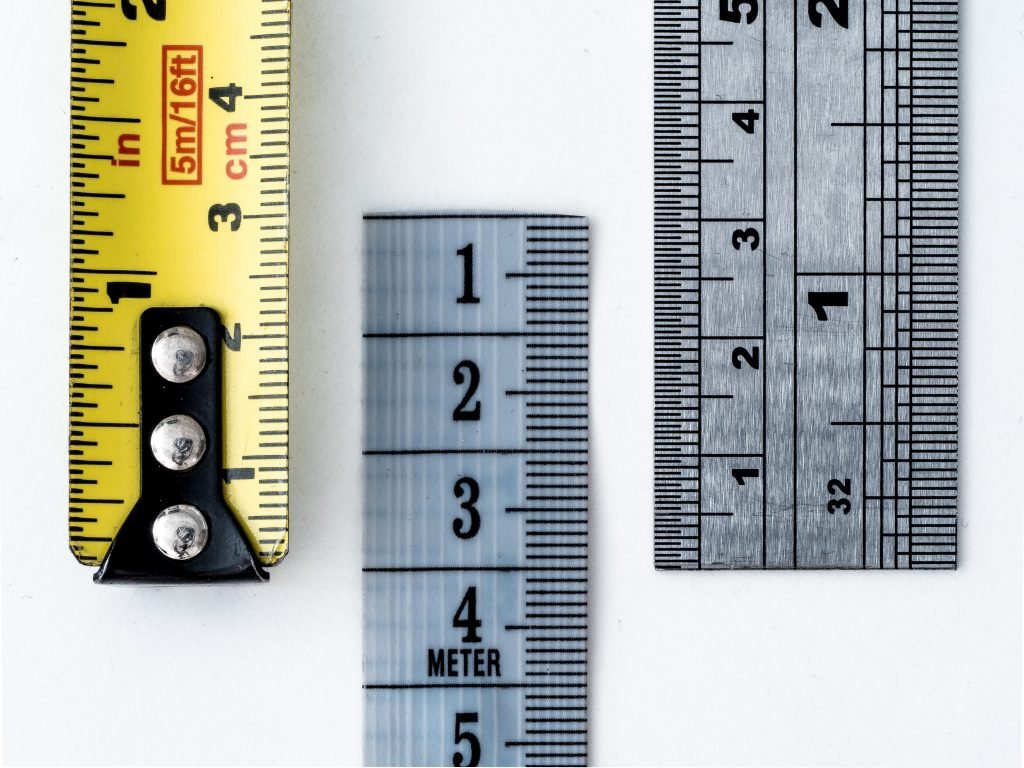In this guest article Tom Le Fanu from Raise Your Hands, explores why the “overhead myth” is still the bane of so many charities’ lives and what we can do to move beyond it.

By Tom Le Fanu
20th October 2023
Released in the US last month, Dan Pallotta’s new film Uncharitable calls for a paradigm shift in the way we think about charity. The aim: to unleash the true potential of non-profits and philanthropy to change the world.
It’s not a new idea. The film expands on the core message of one of the most watched TED talks, where Pallotta outlines the deeply damaging impact of the Overhead Myth.
To most in the non-profit world the subject is old news. Many will have sore heads from banging them against the proverbial brick wall.
But here we are 10 years after the original talk, with Pallotta and many others still fighting to re-educate, and to overcome the same deeply ingrained misconceptions. At Raise Your Hands it is one of our missions to help shift the dial.
So why do we still pay such a high price for low overheads?
What is the Overhead Myth and why is it so damaging?
At the heart of the problem is that donors want to see their money spent effectively. This is completely understandable of course. We all want to have confidence that our money is making a difference and that it isn’t being wasted.
The problem comes when donors look to overheads costs as a measure of efficiency. Think “90p in the pound is going to frontline work”. Donors want to know how much of their donation is going to program work; and the higher the number the better.
In the commercial sector the focus would be on outputs. As an investor you’d look at how many customers a company has, how satisfied they are, and the quality of product. These factors define the return on investment. Not how much the company is spending on office space or on advertising its products.
And so it should be in the charity sector. Instead of costs, we should be focused on outputs, or more accurately, outcomes – the amount and quality of positive change that is being effected in the world.
In the for-profit space it is understood that for a company to run effectively and grow, a proportion of revenue must be spent on overhead costs and reinvesting in the business. That proportion will vary from sector to sector but will be tested and optimised towards generating the most output and growth; around 20% in the retail sector or as much as 50% in the services sector.
As an investor, you wouldn’t go into the shareholder meeting of a highly successful company and start quibbling about how much they’re spending on office chairs, saying costs should be as close to zero as possible. Yet that’s exactly what happens in the not-for-profit space.

Knock-on effects
It would be ironic if it weren’t so tragic that this focus on overheads, in an attempt to limit inefficiency, has a hugely negative effect on the charity sector, reducing effectiveness and stifling innovation.
It’s a cycle with many negative implications.
Donors steer towards organisations with the ‘leanest’ margins. Charity leaders in turn feel the pressure to meet this demand – cutting budgets for innovation, relying on stale fundraising formulas, not investing in staff, looking to the short term. They configure accounts to look as lean as possible, perpetuating the great myth and making the situation harder for the sector as a whole.
In Uncharitable Pallotta describes non-profit organisations generating huge multiplier returns on initial fundraising investment, only to be brought to their knees by questions over whether the £1 generating £8 could have instead been spent on frontline work.
‘Overheads’ as a meaningless metric
Let’s take a quick moment to look at ‘overheads’ as a metric. It quickly shows itself to be so fundamentally flawed that it’s almost entirely meaningless as a cross sector comparison.
The key points:
- Different charities work in very different ways. One charity might work with untrained volunteers and have no need for fixed offices, whilst another will require premises, medically trained professionals and expensive equipment. Each has very different requirements for fixed costs, and these have no bearing on their impact on beneficiaries
- It is entirely within charitable rules to get creative with accounting, to move overhead costs into programme costs. This requires more indepth accountancy work and expertise, which is more expensive and time consuming, more wasteful
- These metrics are always based on annual accounts. Where an organisation’s financial year falls can make a big difference, especially when relying on ‘lumpy’ donations. Looking at a single year is never going to give you an accurate picture of an organisation’s financial position.

So where does that leave us?
Ultimately, donors need to try and look at the impact of an organisation in a meaningful way; its output to use commercial-sector speak.
This in itself isn’t easy.
Comparing the value of one charity’s work against another is like comparing apples and pears. At Raise Your Hands we support 14 small charities working with children and young people. Dandelion Time offers therapy in an outdoor setting for children who have suffered severe trauma and abuse. CHIVA supports all the children and young people around the UK living with HIV and the huge stigma that comes with it.
It’s virtually impossible to quantify the impact those charities have on young lives, and to make a comparison.
An attempt at a quantitative analysis, quickly narrows down the causes to a small number where impact is easily measurable, for example, mosquito nets preventing malaria and saving lives. However this ignores the majority of causes where the impact is more nuanced.
Then there’s the value of work that charities do to influence wider systemic problems and causes, things like research or campaigning to change policy. The long term ripples of impact can be extremely hard to attribute.
A true analysis of effectiveness
Like with any investment, making an informed decision means looking at all levels of an organisation.
The Raise Your Hands due diligence process looks at how well programs are designed, the M&E that is in place, an effective management structure with inspiring personalities, sustainable and well managed funding. And of course costs.
The judgment is always qualitative as well as quantitative, and to a certain extent, subjective as well as objective. Alongside your own personal preferences on which causes to support, carrying out the analysis to make this call takes time and knowledge of the sector.
At Raise Your Hands, we take on a lot of that heavy lifting for our supporters, both individuals and companies. Our in-depth knowledge of the sector puts us in a good position to make these judgement calls.
But what can individual philanthropists do?
- As you would with a commercial investment, take the time to pick through a charity’s impact report, strategy, annual report and accounts
- Ask questions but make sure they’re the right ones; how do you track impact? What is the innovation culture of the organisation?
- Go and visit the charity in action, meet staff and leaders, see the change happening for yourself (keeping in mind that their time is money too).
Ultimately, the impact comes down to change being affected in the world, human (and animal) experiences being improved for the better. This requires not just logic but what Dan Pallotta calls a ‘generosity of thought.’
Tom Le Fanu is Director of Development & Communications at Raise Your Hands.
Raise your Hands supports 14 small charities working with children and young people. They carry out due diligence, then fundraise to transform young lives across the UK. If you would like to discuss the issues in the article further with Tom or the Raise Your Hands team, you can get in touch at tom@raiseyourhands.org.uk

